A Mule is celebrated in the Palazzo Pitti
A Mule is celebrated in the courtyard of Palazzo Pitti
The courtyard of Palazzo Pitti's courtyard, designed by Bartolomeo Ammannati in the 1560s, stands as a testament to the toil of both architect and laborer. Ammannati and his team dedicated years to excavating a portion of what is now the Boboli Gardens, extracting the requisite stone for the courtyard's construction. Surprisingly, this very land once served as a pietraforte quarry, yielding one of Florence's signature stones.
The photograph below provides a glimpse of Ammannati's creation nestled amidst the heart of the garden. Notably, pietraforte, a yellow-brown stone, was employed in the construction of not only the Palazzo Pitti courtyard but also in other eminent Florentine structures, including Palazzo Vecchio, the Bargello museum and Palazzo Medici – an archetype of Renaissance architecture. This stone, fortified by its iron content, possesses greater strength than pietraserena, which was used, for instance, in the construction of the Uffizi Gallery.
Tragically, this indefatigable creature met its demise on the premises. In commemoration, Filippo Larini, the chiseler, crafted a memorial plaque, now situated on the left side of the courtyard. The bas-relief on the plaque prominently features the mule in the foreground, with a pulley on the right and a chisel on the left. A Latin inscription perpetually commemorates the tireless dedication of this animal to the quarrying task. Such inscriptions referencing animals are indeed rare finds in the annals of Florentine history.
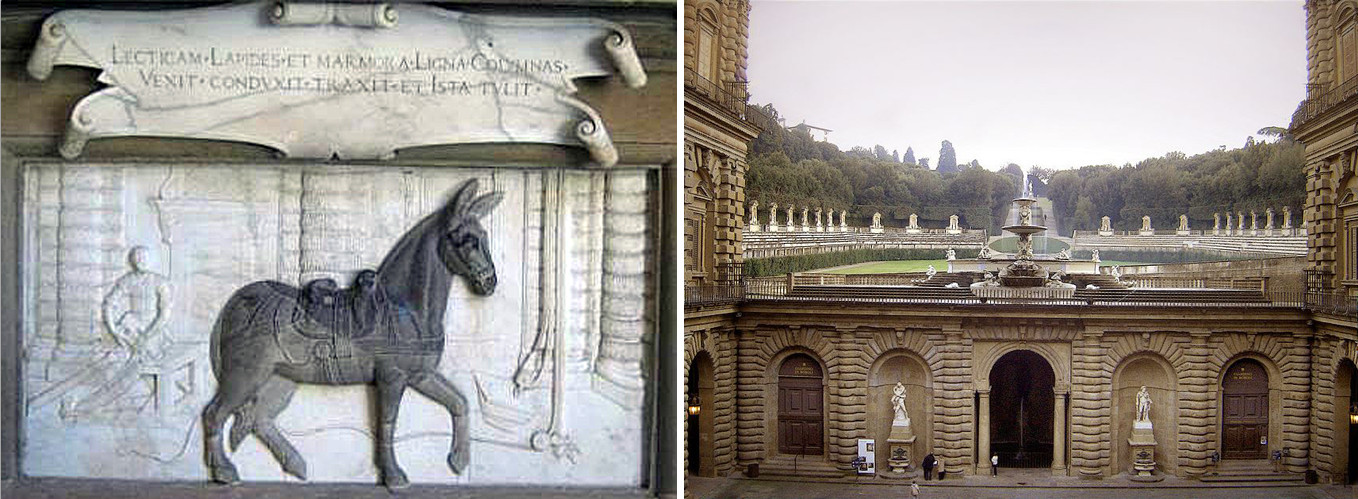
On the right the courtyard of Palazzo Pitti and the Boboli garden behind
Altri articoli
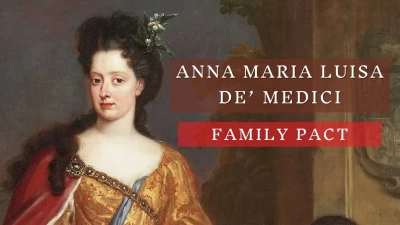
Anna Maria Luisa and the Family Pact
Thanks to this astute decision, Florence has preserved much of its extraordinary artistic, historical, and cultural heritage virtually intact.
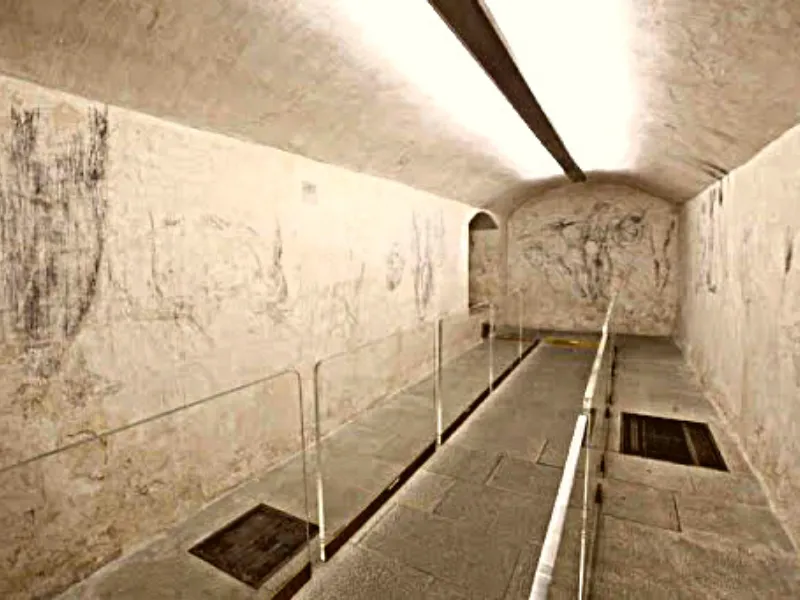
Michelangelo and the secret room.
The artist drew even his self-portrait depicting the attitude of an imprisoned man.
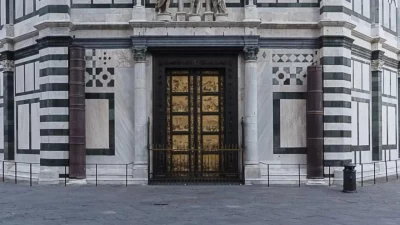
Did Florence receive a gift from Pisa
As the saying goes: " Florence is blind and Pisa is a traitor"
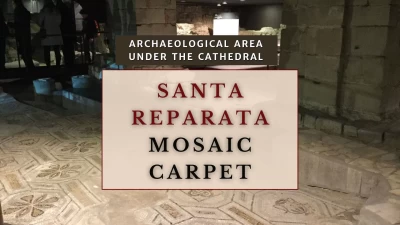
Santa Reparata Church and the mosaic carpet
The cathedral hides a treasure: the archaeological area.

